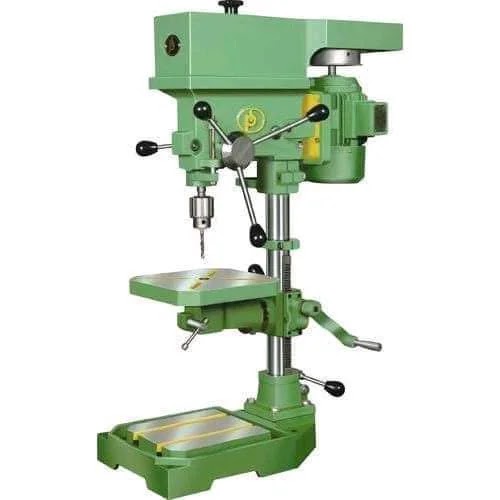Casting Casting is a manufacturing process that involves pouring liquid metal into a mold and allowing it to solidify. This technique is used to create complex shapes and structures that are difficult or impossible to produce using other methods. Casting is commonly used in the production of automotive parts, construction materials, and decorative objects.
Machining Machining is a process that involves removing material from a workpiece to create a desired shape. This technique is used to create precise parts and components for a wide range of applications. Machining can be performed using a variety of tools, including lathes, drills, and milling machines.
Forming Forming is a manufacturing process that involves shaping a material into a specific form using heat and pressure. This technique is commonly used in the production of sheet metal parts, such as automobile body panels and appliance casings. Forming can be performed using a variety of methods, including bending, stamping, and rolling.
Joining Joining is a manufacturing process that involves connecting two or more pieces of material together. This technique is used to create structures and components that are larger and more complex than individual parts. Joining can be performed using a variety of methods, including welding, soldering, and adhesive bonding.
Additive manufacturing Additive manufacturing, also known as 3D printing, is a process that involves building a part layer by layer using a computer-controlled machine. This technique is used to create complex parts and prototypes quickly and efficiently. Additive manufacturing is becoming increasingly popular in industries such as aerospace, automotive, and medical devices.
Assembly Assembly is a manufacturing process that involves putting together individual parts to create a finished product. This technique is used in a wide range of industries, including electronics, consumer goods, and automotive. Assembly can be performed manually or using automated systems.
Coating Coating is a manufacturing process that involves applying a thin layer of material to a surface to protect or enhance its properties. This technique is used to improve the durability, corrosion resistance, and appearance of products. Coating can be performed using a variety of methods, including painting, plating, and powder coating.
In conclusion, understanding the different types of manufacturing processes is crucial for businesses looking to optimize their production efficiency and quality. The techniques outlined in this article are just a few examples of the many approaches available to manufacturers. By choosing the right approach for their specific needs, businesses can create high-quality products and remain competitive in today's market..
ChatGPT



.webp)





0 Comments